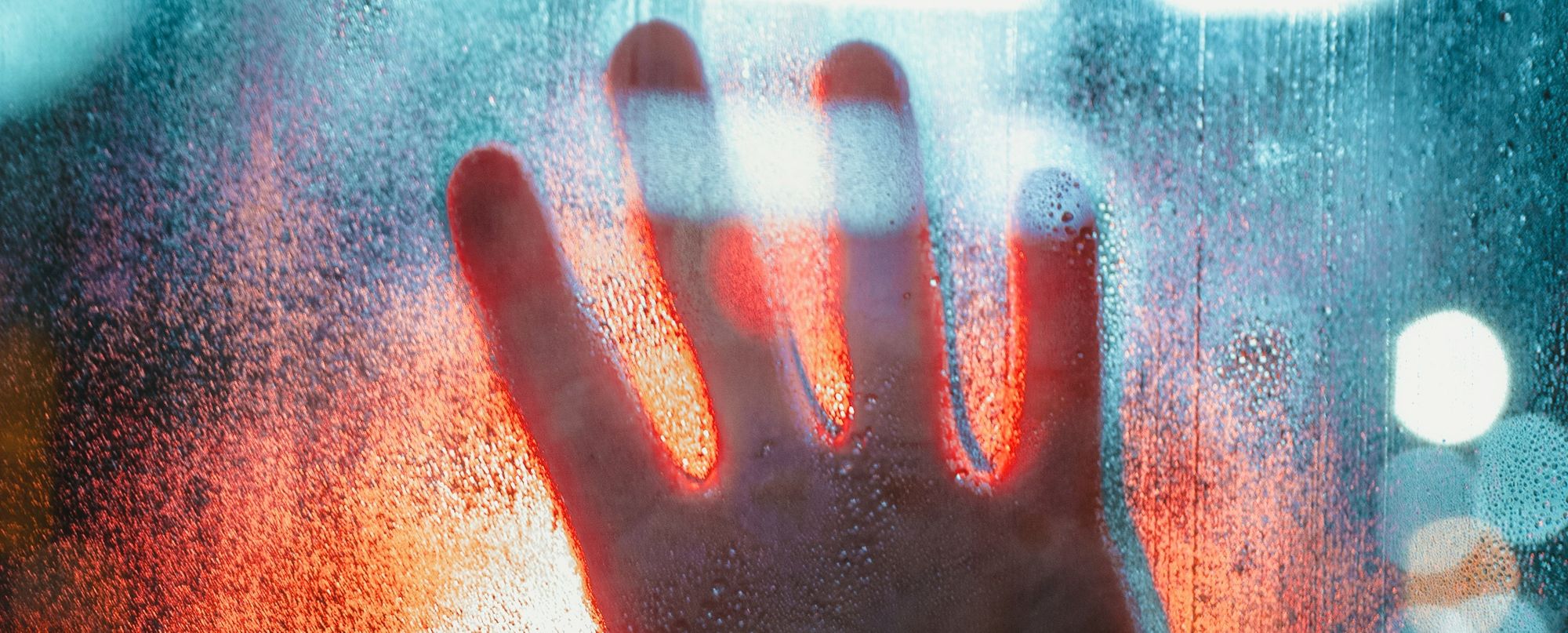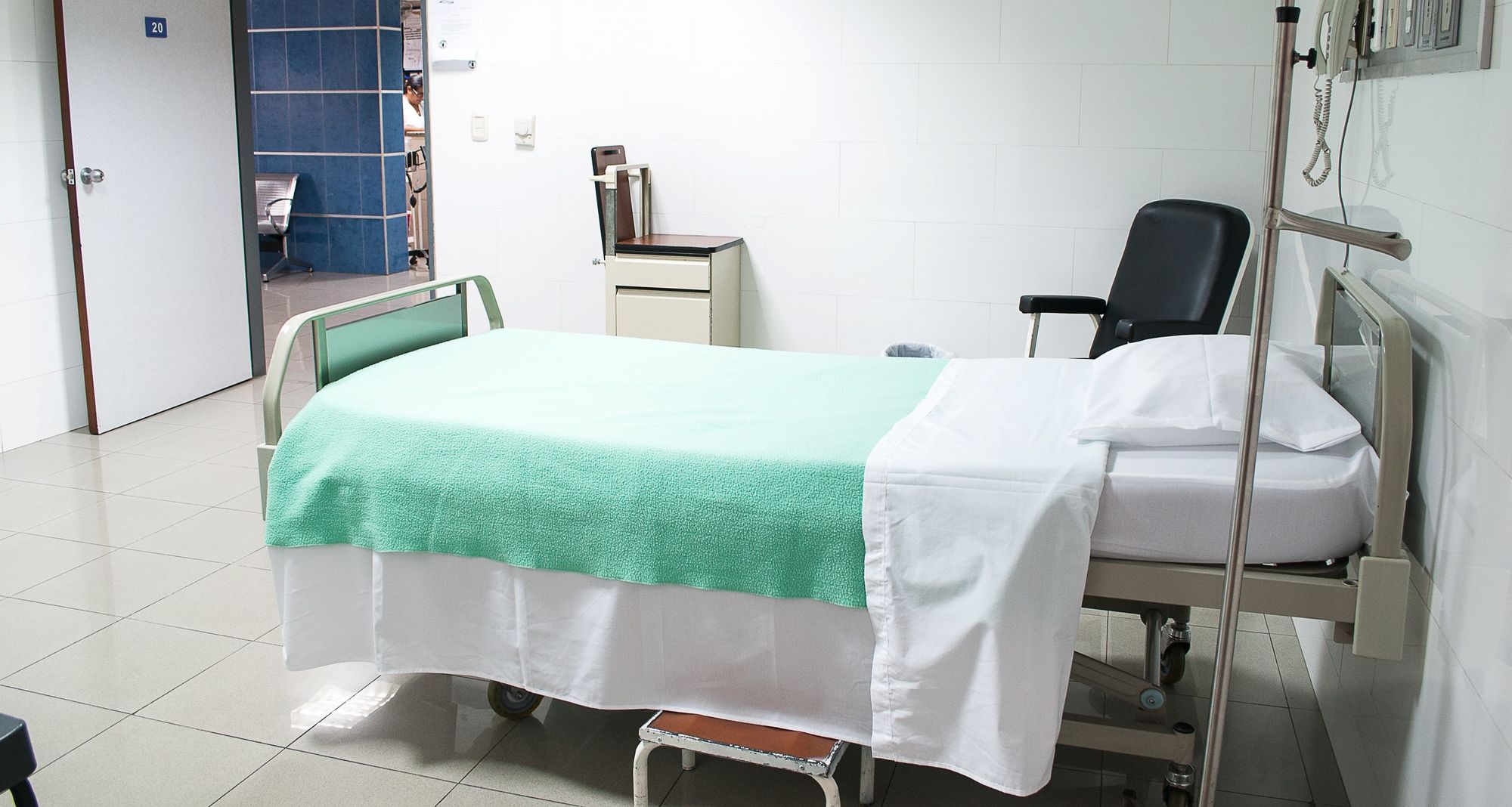The new normal at any shop counter is a sheet of plastic that protects both the shop customer and sales assistant from the most common form of coronavirus infection: inhaling infected airborne water droplets.
Alongside masks and hand washing, this simple barrier goes a long way to keeping everyone healthy.

But a new development in the production of plastic sheeting means that these surfaces can now protect us even more. This is because nanotechnology researchers have invented a technique that can make polycarbonate sheeting that kills viruses and bacteria on contact.
The surface is called NANO AB PC-22 and has been developed by the Prague-based firm AG CHEMI GROUP.
Lev Lyapeikov, the company’s product development manager, described the discovery when he explained how, “We now patent technologies which allow us to modify the top layer of polycarbonate plates with nano-structured polycarbonate with high effectiveness against bacteria and viruses.”
By amending only the top surface of the sheeting, the process is a much more efficient use of nanomaterials. As Lyapeikov explains, “As the process involves only a surface treatment of the polymer granules with a layer of nanoparticles, without the need to melt all the material, this technology makes it possible to obtain high-quality dispersion and distribution of nanoparticles on the polymer surface, thus reducing the consumption of expensive nanomaterials and increasing the efficiency and functionality of nanomaterials in modified materials. Specifically, this process can provide nanomaterials as an active biocide and virucide, killing pathogens on contact.”
The company plans to begin production before the end of the year, with a clear market to sell in shops, offices, and public buildings were the anti-viral polycarbonate surface can be used for screens, face shields, shop counters, desks, and other high contact areas or surfaces which risk being infected with coronavirus.

Another company, called Kastus, has developed a similar process for coating glass with nanomaterials with specialized properties.
As the company’s press release outlines, “The technology transforms coated glass into a super-hydrophilic surface, delivering self-cleaning benefits for life on compatible architectural.” Adding that the technology is patented, “… ISO accredited, and scientifically proven to protect against up to 99.99% of harmful bacteria such as MRSA, E.Coli and C. diff.”
These breakthroughs could not have come at a better time, as the fight against coronavirus rages on and as governments and businesses look for further methods to keep staff and customers healthy.
Furthermore, even if a vaccine for COVID-19 can be found or if populations begin to acquire herd immunity, the world is still in constant demand for ways to keep surfaces clean and virus-free.
For example, a recent report by the World Health Organisationhighlighted the dangers of bacterial infections acquired by patients when in hospital. The report estimating, “… that over 500 million people worldwide are infected during hospitalization, a high percentage of which are caused by highly resistant bacteria, such as MRSA. These infections not only take a toll of approximately 14 million lives worldwide per year, but also pose a significant financial burden by increasing hospitalization by eight days on average per affected patient. Hospital related costs in Europe alone are estimated at $12 billion per year.”
If this new technology could be applied to more surfaces in hospitals then many lives and billions of dollars could be saved.

Polycarbonate sheeting with an antiviral and biocidal nanotechnology surface could be used on hospital food trays, windowsills, skirting boards, doors, side tables, work surfaces, nurses’ stations, and countless other places to provide a more effective way to keep hospitals clean.
All that is needed is the right nanotechnology process to give polycarbonate sheeting the power to kill viruses and bacteria on contact.
Photo credit: Martha Dominguez de Gouveia on Unsplash, Marlon Falcon Hernandez from Pixabay, Pexels, & cottonbro from Pexels